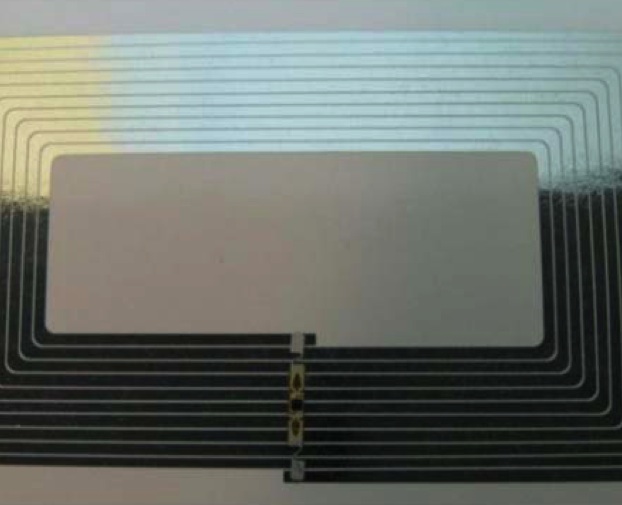Cheap RFID printed on paper

A group of scientists led by Camille Ramade from the Institute of Electronics at the University of Montpellier found a way to apply RFID radiochips on paper by evaporation at high temperatures, while maintaining good electrical conductivity of the metal. If an innovative process technology can be implemented on an industrial scale, this means that RFID will be cheaper by about 80% and a radical expansion of their scope. In fact, it will be possible to stick antennas anywhere, like paper stamps, so RFID will finally push out uncomfortable bar codes and QR codes from the market.

Using evaporation reduces the size of the RFID and the amount of metal in each layer of the chip. The aluminum circuit of the antenna in such a technical process is a thin film, the shape of which is given by the mask for evaporation. A laboratory experiment showed that RFID tags are well read from a paper chip.
')
In the future, this printing technique on paper or plastic can be used for other simple microcircuits - for example, for computer memory modules .
A detailed process for applying RFID to paper is described in International Journal of Radio Frequency Identification Technology and Applications 2012 - Vol. 4, No. 1, pp. 49–66 .
via TechWeek Europe
Source: https://habr.com/ru/post/138059/
All Articles